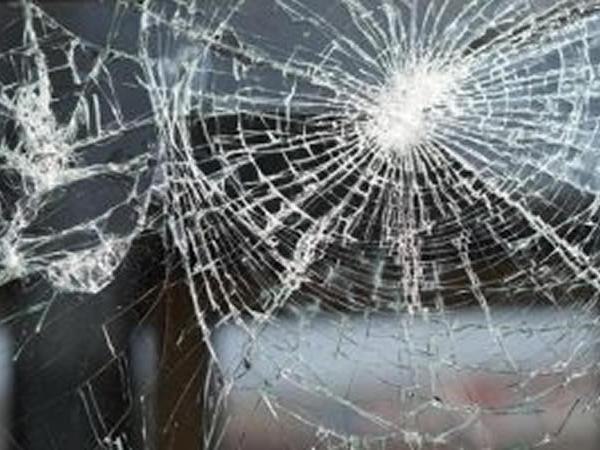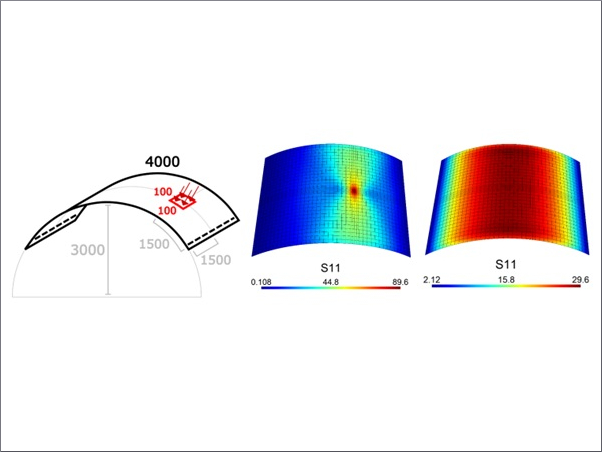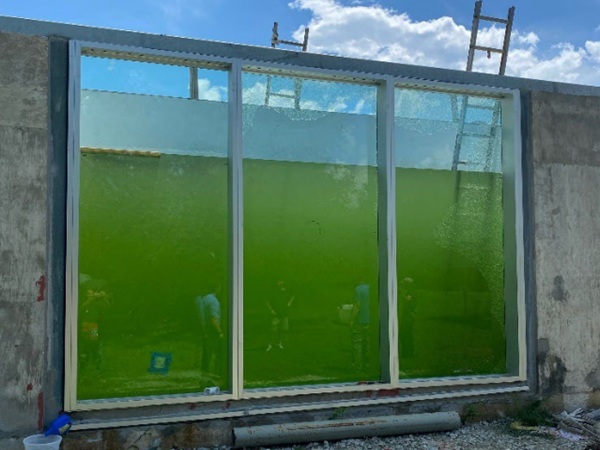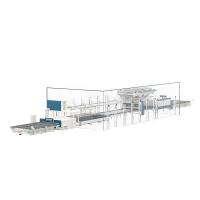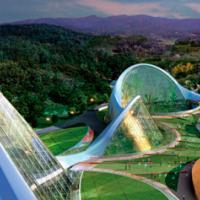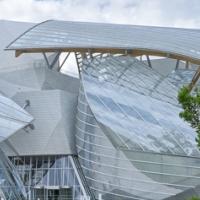In large-scale construction projects, it’s important to choose glass that will be durable and safe for all future occupants in the building.
While the folks at Bent Glass Design typically focus on more decorative elements, we know that laminated safety glass is an excellent choice for building construction—here’s why.
In large buildings, safety glass can actually create a better, more comfortable interior environment.
Safety glass blocks more noise and UV radiation from outside, so employees in a commercial building will be safe from the sun’s rays, and they won’t have to compete with loud traffic noise all day.
While this is a great perk of using laminated safety glass, the main reason for choosing safety glass is, you guessed it—safety and security.
For applications that require especially strong and damage-resistant glass, laminated safety glass is the way to go.
First and foremost, if laminated glass is broken, the laminate layers will prevent panes from shattering like regular glass, keeping anyone in the vicinity safe from flying glass fragments.
The fragments will stay bonded to the interior layers of the glass, rather than flying all over the place. Think about the way a car windshield breaks, for reference.
The laminate layers that keep safety glass from shattering also gives it an added element of security.
Someone who is trying to break into the building won’t be able to enter easily by shattering safety glass in a door or window—if a thief tries to break the glass, it will remain in one solid piece. Laminated glass can even be designed to be bullet resistant.

